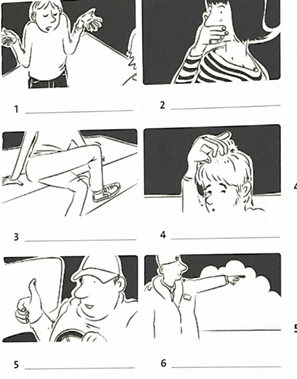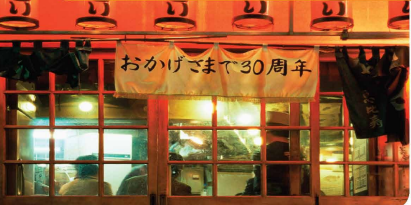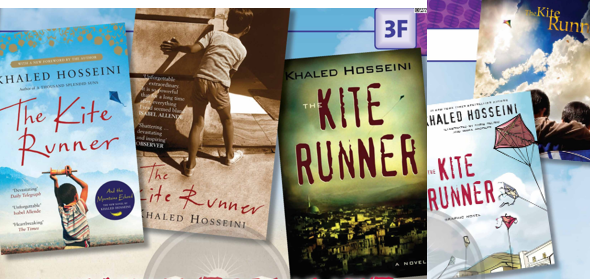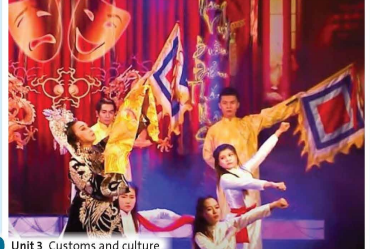Câu 86 :
Read the text and choose the best answers (A-D).
(Đọc đoạn văn và chọn câu trả lời đúng nhất (A-D).)
Mardi Gras: a party to remember
Mardi Gras. Two little words that describe a centuries-old celebration which originated in Medieval Europe. It is the name given to the final day of the Carnival season, the day that traditionally precedes forty days of fasting in some religions. The words mean 'Fat Tuesday, referring not only to the day on which the celebration is always held, but also to the custom of eating up all the forbidden food before the fast.
Today, it is the city of New Orleans in Louisiana, USA, that holds one of the most famous Mardi Gras celebrations in the world. Mardi Gras was introduced to North America in March 1699 by a French Canadian explorer called Jean-Baptiste Le Moyne de Bienville. Arriving on the eve of the festival at an area 90 kilometres south of what is now New Orleans, he organised the following day celebration on a plot of land he named Pointe du Mardi Gras. The custom soon caught on, and by the time New Orleans had been established by Bienville in 1718, Americans were celebrating their own version of Mardi Gras.
What makes the New Orleans event so special is its dazzling parades. Marching bands escort artistic carnival floats through streets lined with spectators wearing masks. These masks afforded the wearer a disguise which allowed him or her to mix with people of different classes.
As for the carnival floats, each one belongs to an organisation known as a 'krewe. The tradition of the 'krewe' began in 1856 when six young men from the nearby town of Mobile formed the 'Mistek Krewe of Comus. Not only does this group hold the distinction of being the first krewe, but it is also credited with parading the first float.
The second Mardi Gras krewe, the Twelfth Night Revelers was founded in 1870, and initiated another popular tradition, the Mardi Gras 'throws. These are small presents which are tossed to the crowd by the costumed float-riders. Mardi Gras was made official in New Orleans in 1875 when Governor Warmoth signed the Mardi Gras Act making Fat Tuesday a public holiday in Louisiana.
1 The first Mardi Gras was celebrated in North America when Bienville
A crossed the Canadian border.
B founded New Orleans.
C reached Pointe du Mardi Gras.
D landed on the coast of Louisiana.
2. Festival-goers started wearing masks at Mardi Gras because
A they were an obligatory part of the costume.
B they were made legal for the day.
C they were handed out by the float-riders.
D they hid a person's true identity.
3. 1856 is the year in which
A the first krewe was formed in New Orleans.
B floats began to take part in the parades.
C a committee was voted to organise the festival.
D the town of Mobile held its first Mardi Gras.
4. The Twelfth Night Revelers was the first krewe to
A pay for a float.
B dress up in colourful outfits.
C hand out money during a parade.
D provide gifts for spectators.
5. Before 1875,
A schools and offices were open during Mardi Gras.
B tourists were not welcome at the celebrations.
C krewes didn't have to pay for their own floats.
D Mardi Gras was financed by the governor.























